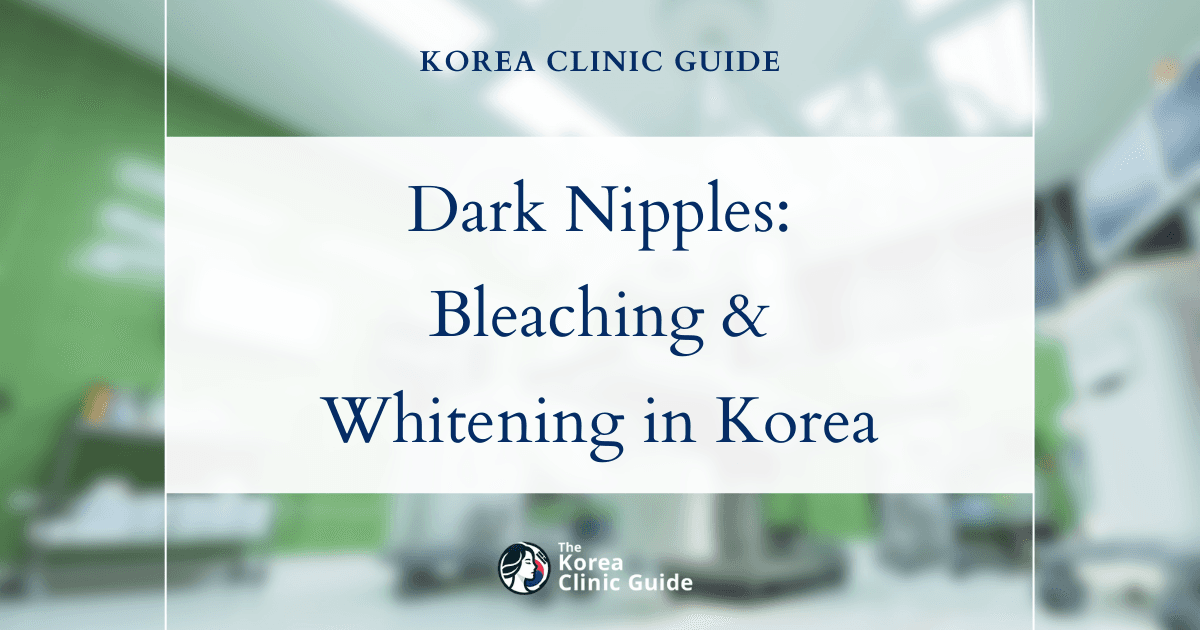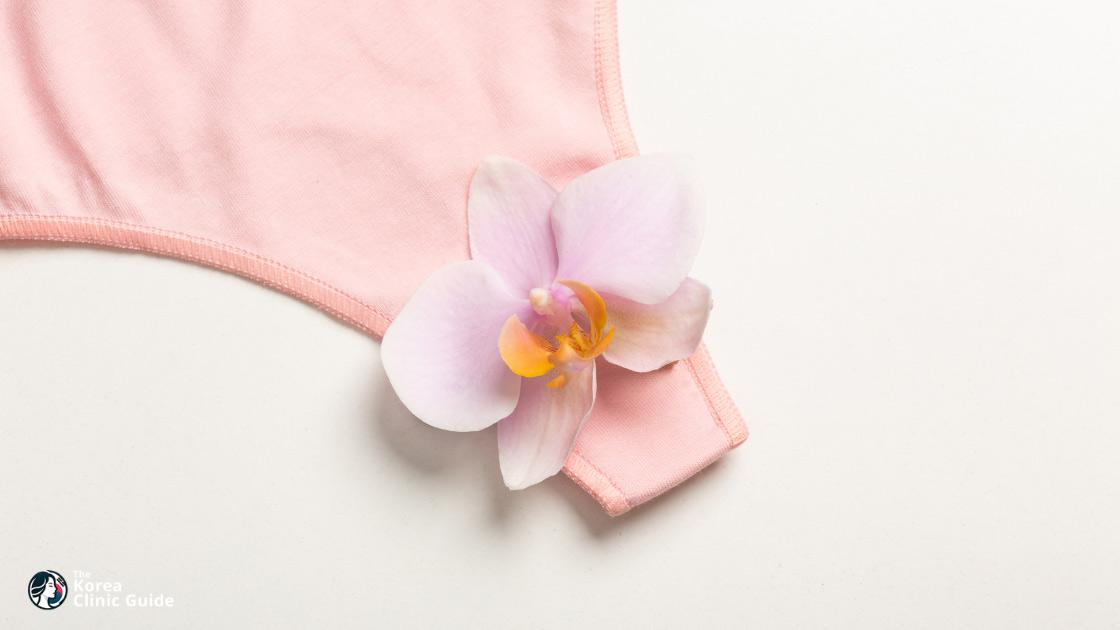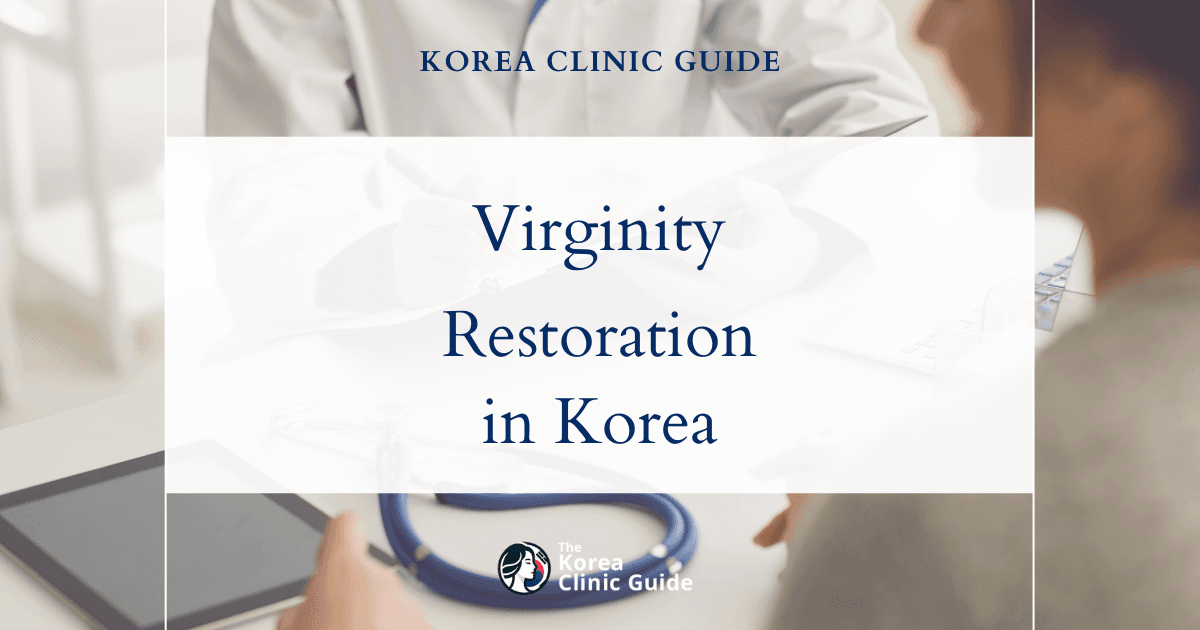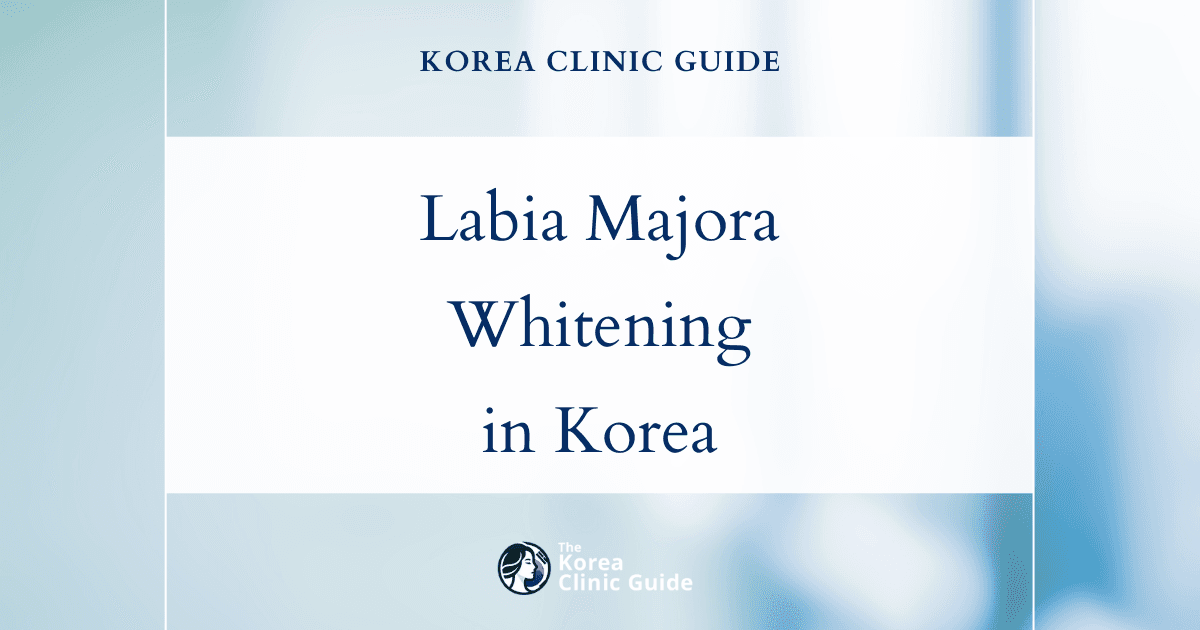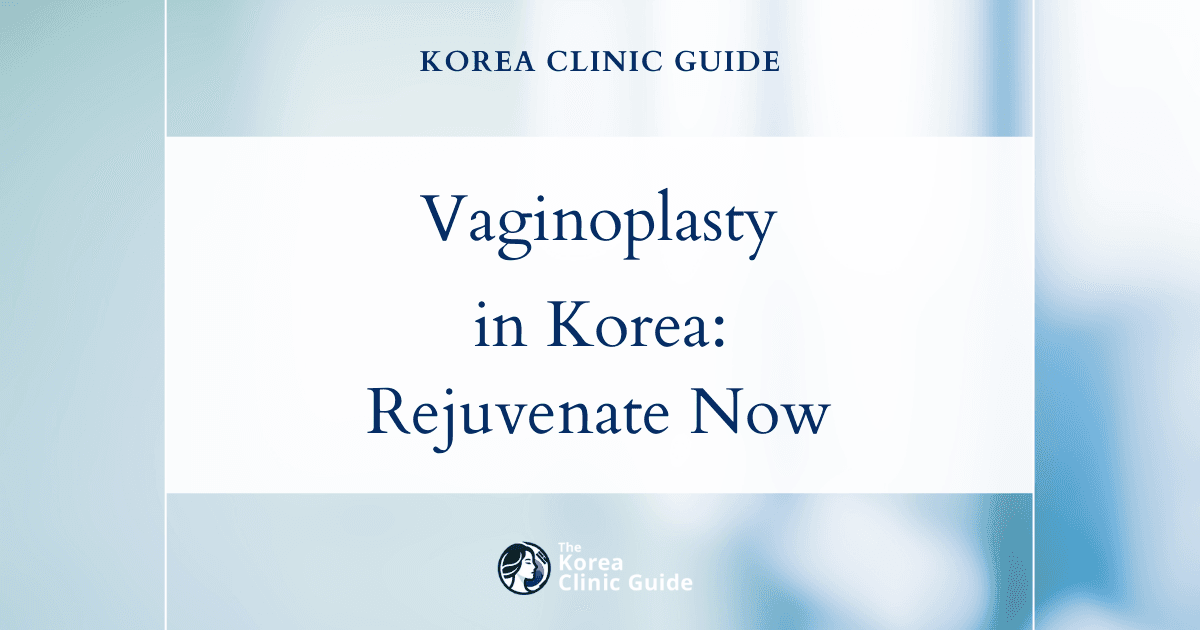Medical Tourism Blog
Labiaplasty in Korea | Best Clinics, Costs, Procedure Types & More
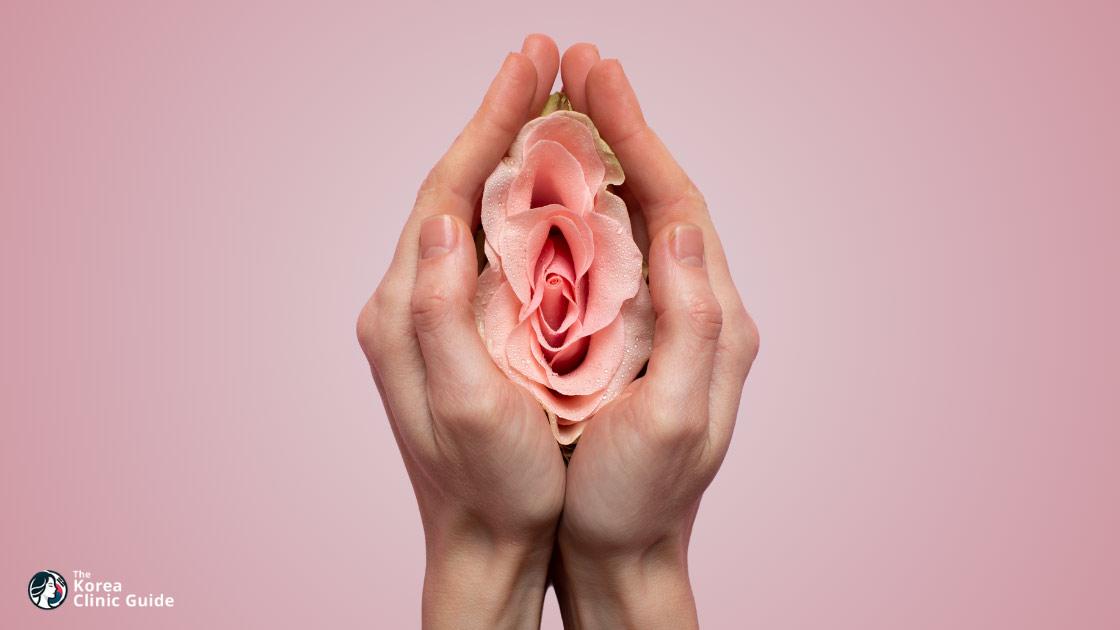
Table of contents
- What Is Labiaplasty?
- Best Clinics in Korea for Labiaplasty
- Labiaplasty in Korea
- Cost of Labiaplasty in Korea
- Alternatives to Labiaplasty
- Conclusion
Considering treatment in Korea? Everything you need to know e.g. — how to avoid scams, visas, interpreters, recovery tips — in our Medical Tourism Master Guide. Plan with confidence in minutes, not weeks!
Imagine a world where discomfort and self-consciousness due to the size or shape of your labia could be a thing of the past. As labiaplasty surges in popularity, particularly in South Korea, this procedure promises to enhance both comfort and confidence for women worldwide.
What Is Labiaplasty?

Labiaplasty, a type of cosmetic gynecological surgery, focuses on modifying the labia minora (the inner vaginal lips) and, in some cases, the labia majora (the outer vaginal lips). This procedure is designed to alter the shape, size, and overall appearance of the labia, often for both aesthetic and functional reasons.
Who Is Labiaplasty For?
Labiaplasty is typically sought by individuals who experience discomfort or self-consciousness due to the size or shape of their labia. Common reasons for considering labiaplasty include:
- Physical Discomfort: Women may encounter irritation, chafing, or pain during specific activities such as bicycling, horseback riding, or sexual intercourse.
- Aesthetic Concerns: Some women feel self-conscious about the appearance of their labia, which can impact their self-esteem and body image.
- Functional Issues: An excessively large labia can interfere with hygiene, lead to recurring infections, or even cause difficulties in urination.
Types of Labiaplasty Procedures
Labiaplasty encompasses several techniques, each tailored to the specific needs and goals of the patient. The most common procedures include:
- Trim Procedure: This is the most straightforward and frequently performed labiaplasty. It involves trimming away the excess labial tissue along the edges, creating a neater and more uniform appearance. The incisions are then closed with dissolvable sutures.
- Wedge Procedure: In this method, a wedge-shaped section of tissue is removed from the central part of the labia. This allows for the preservation of the natural edge, resulting in less visible scarring and often a more natural look.
- Deepithelialization: Only the outer layers of excess labial skin are removed, rather than the entire tissue thickness. This technique is generally less invasive and can be beneficial for those seeking minor adjustments.
- Liposuction: While less common, liposuction can be employed to reduce the size of the labia majora by removing excess fatty tissue, leading to a slimmer appearance.
- Combination Procedures: In some cases, a combination of the above techniques may be used to achieve the desired outcome.
The Procedure and Recovery
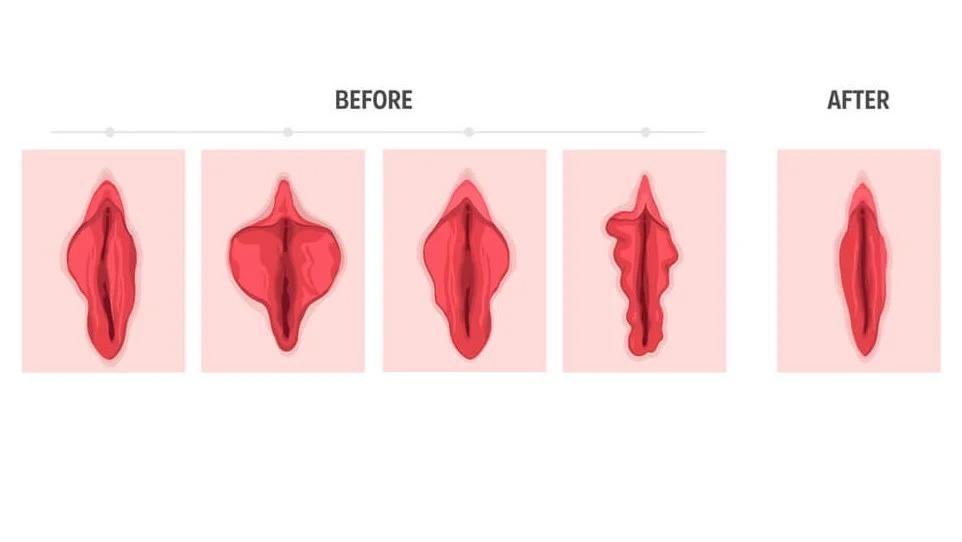
Labiaplasty is performed on an outpatient basis under local anesthesia with sedation or general anesthesia, depending on the extent of the surgery and patient preference. The procedure typically lasts one to two hours.
Post-operative care is crucial for optimal recovery. Patients are advised to:
- Rest and Avoid Strenuous Activities: Heavy lifting and vigorous activities should be avoided for at least four to six weeks to ensure proper healing.
- Manage Swelling and Discomfort: Cold compresses and prescribed pain medication can help alleviate initial post-surgical discomfort.
- Maintain Hygiene: Proper wound care is essential to prevent infections. Patients should follow their surgeon's guidelines on cleaning and dressing the surgical site.
- Follow Up: Regular follow-up appointments with the surgeon will help monitor the healing process and address any concerns promptly.
It is worth noting that while labiaplasty can significantly improve physical comfort and self-confidence, it is important for individuals to have realistic expectations and understand the potential risks and benefits of the procedure.
Best Clinics in Korea for Labiaplasty
Listed below are the best clinics in Korea for labiaplasty:
| Clinic Name | Key Features | Special Techniques |
|---|---|---|
| SH Clinic | SH Clinic in Sinsa, Seoul stands out as the best destination for labiaplasty in Korea because every surgery is performed directly by a highly experienced, board-certified gynecologist recognized with a commendation from the Minister of Health and Welfare, ensuring both safety and refined technique in a specialized women’s care setting. Using advanced methods to precisely correct the length, thickness, color, and wrinkles of enlarged or asymmetrical labia, the clinic delivers a smoother, slimmer appearance with minimal scarring, typically through an outpatient procedure under local anesthesia with swift recovery. Beyond surgical excellence, SH Clinic’s dedicated Gynecology Clinic offers a full spectrum of women’s health and vaginal rejuvenation options—such as fillers, stem cell injections, HIFU laser treatments, tightening, and implant surgery—while its multi-specialty ecosystem brings together stem-cell science, modern plastic surgery, and aesthetic dermatology to provide comprehensive, personalized care under one roof. | Labiaplasty performed by a board-certified gynecologist; advanced methods to correct length, thickness, color, and wrinkles; outpatient procedure under local anesthesia with swift recovery; vaginal rejuvenation options (fillers, stem cell injections, HIFU laser treatments, tightening, implant surgery); multi-specialty ecosystem for comprehensive, personalized care under one roof. |
| Okay Plastic Surgery Clinic | Okay Plastic Surgery Clinic delivers a transformative approach to aesthetic care rooted in sincerity, precision, and individualized treatment. Led by a team of specialized professionals, including a renowned female plastic surgeon with extensive experience, the clinic guides patients through a comprehensive, empathic journey using cutting-edge medical techniques. With a broad portfolio of services—from body contouring and breast surgery to hairline refinement, facial lifting, eye and nose procedures, advanced scar and keloid care, and tailored medical skincare—the team brings multidisciplinary expertise to even the most delicate procedures, ensuring results that align with each patient’s unique needs and aspirations. | Precision-driven technique and a scar-conscious philosophy, backed by dedicated Scar and Keloid Clinics for meticulous prevention and management; deep soft-tissue contouring experience (liposuction, fat grafting, lifting, and revision work); cutting-edge medical methods applied with empathy and attention to detail throughout the patient journey; access to complementary services—medical skincare and laser-based lifting—that support overall tissue quality and aesthetic refinement. |
| Glory Women's Clinic | Glory Women’s Clinic in Seomyeon is a comprehensive women’s health center offering evidence-based care across the spectrum of gynecology, from pregnancy termination with pre- and post‑procedure counseling to the diagnosis and treatment of menstrual pain, irregular bleeding, vaginitis, STDs, and cystitis. The clinic provides advanced, uterus-preserving Dual HIFU for fibroids and adenomyosis, a full suite of aesthetic gynecology services—vaginal fillers, laser rejuvenation (Jissehra), radiofrequency tightening (Viveve), thread-based tightening (Gemsil), mini labiaplasty, labiaplasty revision, clitoral hood reduction, and petite vaginal surgery—alongside preventive screening for cervical and ovarian cancer and tailored check-ups for single women. Pain management with prolotherapy and accessible contraception counseling further support personalized, confidential, and convenient care under one roof. | Dual HIFU designed to preserve the uterus and reduce recovery time; vaginal fillers; Jissehra laser; Viveve radiofrequency tightening; Gemsil thread tightening; mini labiaplasty and labiaplasty revision; clitoral hood reduction; petite vaginal surgery; prolotherapy for pain management; comprehensive preventive screening for cervical and ovarian cancer; contraception counseling. |
SH Clinic
SH Clinic in Sinsa, Seoul stands out as the best destination for labiaplasty in Korea because every surgery is performed directly by a highly experienced, board-certified gynecologist recognized with a commendation from the Minister of Health and Welfare, ensuring both safety and refined technique in a specialized women’s care setting. Using advanced methods to precisely correct the length, thickness, color, and wrinkles of enlarged or asymmetrical labia, the clinic delivers a smoother, slimmer appearance with minimal scarring, typically through an outpatient procedure under local anesthesia with swift recovery. Beyond surgical excellence, SH Clinic’s dedicated Gynecology Clinic offers a full spectrum of women’s health and vaginal rejuvenation options—such as fillers, stem cell injections, HIFU laser treatments, tightening, and implant surgery—while its multi-specialty ecosystem brings together stem-cell science, modern plastic surgery, and aesthetic dermatology to provide comprehensive, personalized care under one roof.
You can check out their website here: SH Clinic Website
Okay Plastic Surgery Clinic
Okay Plastic Surgery Clinic delivers a transformative approach to aesthetic care rooted in sincerity, precision, and individualized treatment. Led by a team of specialized professionals, including a renowned female plastic surgeon with extensive experience, the clinic guides patients through a comprehensive, empathic journey using cutting-edge medical techniques. With a broad portfolio of services—from body contouring and breast surgery to hairline refinement, facial lifting, eye and nose procedures, advanced scar and keloid care, and tailored medical skincare—the team brings multidisciplinary expertise to even the most delicate procedures, ensuring results that align with each patient’s unique needs and aspirations.
- Why it’s the best clinic for labiaplasty:
- Female-led surgical expertise that prioritizes comfort, dignity, and open communication for intimate procedures
- Truly personalized treatment planning that respects individual anatomy, goals, and lifestyle
- Precision-driven technique and a scar-conscious philosophy, backed by dedicated Scar and Keloid Clinics for meticulous prevention and management
- Deep soft-tissue contouring experience (liposuction, fat grafting, lifting, and revision work) that translates into natural shape, balance, and symmetry
- Cutting-edge medical methods applied with empathy and attention to detail throughout the patient journey
- Comprehensive, discreet care from consultation through recovery, grounded in sincerity and transparency
- Access to complementary services—such as medical skincare and laser-based lifting—that support overall tissue quality and aesthetic refinement
- A multidisciplinary team accustomed to solving complex aesthetic concerns, reinforcing consistency and confidence in outcomes
Find more about this clinic here: Okay Plastic Surgery Clinic Website
Glory Women's Clinic
Glory Women’s Clinic in Seomyeon is a comprehensive women’s health center offering evidence-based care across the spectrum of gynecology, from pregnancy termination with pre- and post‑procedure counseling to the diagnosis and treatment of menstrual pain, irregular bleeding, vaginitis, STDs, and cystitis. The clinic provides advanced, uterus-preserving Dual HIFU for fibroids and adenomyosis, a full suite of aesthetic gynecology services—vaginal fillers, laser rejuvenation (Jissehra), radiofrequency tightening (Viveve), thread-based tightening (Gemsil), mini labiaplasty, labiaplasty revision, clitoral hood reduction, and petite vaginal surgery—alongside preventive screening for cervical and ovarian cancer and tailored check-ups for single women. Pain management with prolotherapy and accessible contraception counseling further support personalized, confidential, and convenient care under one roof.
- Dedicated aesthetic gynecology portfolio that includes both mini labiaplasty and labiaplasty revision, addressing primary concerns and correcting unsatisfactory prior results.
- Complementary procedures—such as clitoral hood reduction and petite vaginal surgery—allow for comprehensive, balanced aesthetic and functional outcomes.
- Multiple non-surgical options (Viveve radiofrequency, Jissehra laser, Gemsil thread treatments) to support individualized treatment planning and less invasive pathways when appropriate.
- Patient-centered support demonstrated by counseling services and confidential testing, fostering a safe, respectful environment for sensitive procedures.
- Advanced technology adoption, including Dual HIFU designed to preserve the uterus and reduce recovery time, reflecting a broader commitment to minimally invasive care.
- Integrated preventive health screening (cervical and ovarian cancer tests) and tailored check-ups for unmarried women to optimize preoperative assessment and long-term wellbeing.
- Comprehensive management of common gynecologic conditions—menstrual pain, abnormal bleeding, infections—so underlying issues can be identified and addressed before or after aesthetic procedures.
- Pain management options with prolotherapy injection for chronic musculoskeletal concerns, supporting comfort and continuity of care.
- Convenient Seomyeon location with a full range of women’s health services in one clinic, streamlining consultation, treatment, and follow-up for labiaplasty patients.
Find more about this clinic here: Glory Women's Clinic Website
Labiaplasty in Korea

Labiaplasty, a surgical procedure to reduce and reshape the labia minora, has gained significant attention in South Korea, a country known for its advancements in cosmetic and medical surgeries. Choosing to undergo labiaplasty in Korea can be an enriching experience due to the country's high medical standards, affordable costs, and advanced surgical techniques. Here are the detailed steps and considerations involved in the process:
Initial Consultation
The journey begins with an initial consultation, which can be conducted in-person or via virtual appointments. During this consultation, the patient will discuss her medical history, reasons for wanting the surgery, and any concerns she might have. The surgeon will explain the procedure, possible outcomes, and risks involved. This is also an opportunity to build rapport with the surgeon and ensure that the patient feels comfortable and well-informed.
Pre-Operative Preparations
Once the decision to proceed is made, pre-operative preparations will commence. The patient may be required to undergo a series of medical tests to ensure that she is in good health for surgery. Instructions will be provided on what to do leading up to the surgery, such as avoiding certain medications, fasting for a specific period, and arranging for post-surgical care.
The Procedure
On the day of the surgery, the patient will be admitted to the clinic or hospital. Labiaplasty in Korea typically takes about 1 to 2 hours and is usually performed under local anesthesia with sedation or, in some cases, general anesthesia. The surgeon will make precise incisions to either trim or reshape the labia minora according to the patient's aesthetic and functional goals. Advanced techniques, such as the wedge method or de-epithelialization, are often employed to minimize scarring and preserve the natural contours of the labia.
Post-Operative Care
After the procedure, the patient will be closely monitored during a short recovery period in the medical facility before being discharged. Detailed post-operative care instructions will be provided, including guidance on hygiene practices, activity restrictions, and pain management. The use of prescribed medications, such as antibiotics and pain relievers, will be essential in promoting healing and preventing infections.
Recovery and Follow-Up
The initial recovery phase typically lasts for about 1 to 2 weeks, during which the patient may experience swelling, bruising, and discomfort. Patients are advised to wear loose-fitting clothing and avoid strenuous activities, sexual intercourse, and the use of tampons during this period. Follow-up appointments are crucial to monitor healing progress and address any concerns. Complete recovery, with final results visible, can take up to 2 to 3 months.
Cultural Sensitivity and Discretion
One of the key aspects of undergoing labiaplasty in Korea is the high level of discretion and cultural sensitivity maintained by medical professionals. Privacy is paramount, and clinics ensure a confidential and respectful environment for all patients. The stigma around cosmetic procedures is relatively low in South Korea, contributing to a supportive atmosphere for those seeking to enhance their personal well-being.
Cost Considerations
The cost of labiaplasty in Korea is generally more affordable compared to Western countries, without compromising on the quality of care. Many clinics offer comprehensive packages that include consultation, surgery, post-operative care, and follow-up appointments, making it financially accessible while maintaining high standards.
Conclusion
Choosing to undergo labiaplasty in Korea involves meticulous planning, skilled surgical intervention, and supportive post-operative care, all within a culturally sensitive and discreet environment. The combination of advanced medical technology, expert surgeons, and affordability makes Korea an attractive destination for this intimate and life-enhancing procedure.
| Procedure Price | Korean Won (₩) | USD ($) |
|---|---|---|
| Low Price | ₩6,000,000 | $4400 |
| High Price | ₩6,000,000 | $4400 |
Exchange rate as of 2025-05-22: 1 KRW = 0.0007 USD
Please note that these prices are approximate guidelines and can vary significantly based on the clinic and your individual circumstances.
Cost of Labiaplasty in Korea
Labiaplasty has become increasingly popular in Korea due to the country's advanced medical technology and skilled practitioners. This procedure aims to reduce or reshape the labia minora, enhancing comfort and aesthetics for many women.
Procedural Expenses
The cost of labiaplasty in Korea can vary significantly depending on the clinic, surgeon's experience, and the complexity of the procedure. On average, you can expect to pay anywhere between $2,000 to $5,000 USD. This price typically includes the surgeon's fees, anesthesia, and facility costs. Some high-end clinics may charge more due to reputation and use of cutting-edge technologies.
Cost of Flying to Korea
Traveling to Korea requires careful planning, and airfare can fluctuate based on your country of origin and the time of year. Round-trip flights from the United States, for example, can range between $800 to $1,500 USD. European travelers might expect to spend around $600 to $1,200 USD, while those from neighboring Asian countries might find tickets for as low as $200 to $700 USD.
Travel Expenses
Upon arrival, you'll need to account for various travel expenses, including accommodation, food, and local transportation. Here's a breakdown of potential costs:
-
Accommodation: Depending on your preferences, hotel prices can range from $50 to $300 USD per night. For a 7 to 10-day stay (to account for pre-surgery consultations and post-surgery recovery), you might be looking at $350 to $3,000 USD.
-
Food: Dining expenses can vary, but on average, you might spend around $20 to $40 USD per day. For a 10-day stay, this totals approximately $200 to $400 USD.
-
Local Transportation: Getting around in Korea is relatively inexpensive. A combination of public transport and taxis can cost about $5 to $20 USD per day, giving a total of $50 to $200 USD for a 10-day period.
Overall, the total expenses for labiaplasty in Korea, including flights, accommodation, food, and local transportation, can range from $3,800 to $9,100 USD, depending on various factors such as the choice of clinic and personal spending habits.
Alternatives to Labiaplasty
While labiaplasty is a popular procedure for altering the labia minora, there are several other aesthetic genital plastic surgery options available for those seeking to enhance appearance or reduce discomfort. Here are three alternatives to consider:
Clitoral Hood Reduction
A clitoral hood reduction focuses on reducing excess skin that covers the clitoris. This procedure aims to increase clitoral exposure which can enhance sexual sensitivity and pleasure. It's often recommended in conjunction with labiaplasty, but it can also be performed independently.
Why Choose Clitoral Hood Reduction?
- Increased Sensitivity: By uncovering more of the clitoris, this procedure can lead to heightened sexual response and satisfaction.
- Better Hygiene: Reducing the excess skin around the clitoris can make daily hygiene easier and more comfortable.
- Aesthetic Reasons: Some women prefer a more symmetrical and streamlined appearance of their genital area.
Labia Majoraplasty
Labia majoraplasty involves the reduction or augmentation of the labia majora, the outer lips that surround the labia minora. This procedure can be performed for both aesthetic and functional reasons.
Why Choose Labia Majoraplasty?
- Aesthetic Improvement: This surgery can enhance the visual symmetry and overall appearance of the genital area.
- Reduced Discomfort: Women experiencing discomfort from enlarged labia majora during physical activities or wearing tight clothing may find relief.
- Enhanced Confidence: For many women, improving the appearance of the labia majora can boost self-esteem and reduce self-consciousness during intimate moments.
Monsplasty
Monsplasty, or monsplasty, targets the mons pubis—the fatty tissue located above the labia and below the abdomen. This procedure is designed to reduce excess fatty tissue or tighten loose skin in this area.
Why Choose Monsplasty?
- Contoured Appearance: Monsplasty can help achieve a flatter, more contoured look, making the area more proportional to the rest of the body.
- Clothing Fit: Reducing the bulk in the mons pubis can make it easier to wear fitted clothing like swimwear and leggings without a visible bulge.
- Comfort: Women who experience discomfort due to excess tissue in the mons area, especially when engaging in physical activities, can benefit from this procedure.
These alternatives offer various benefits that address both functional and aesthetic concerns. Consulting with a board-certified plastic surgeon can help you determine which procedure best suits your needs and goals.
Conclusion
In conclusion, labiaplasty in Korea is gaining recognition due to the country's advanced medical technology, experienced surgeons, and a cultural shift towards embracing aesthetic procedures that enhance personal comfort and confidence. With a focus on patient safety, customized treatment plans, and relatively affordable costs compared to Western countries, South Korea is becoming a preferred destination for those seeking labiaplasty. As with any medical procedure, it is essential for individuals to conduct thorough research, choose accredited medical providers, and have realistic expectations to ensure a satisfying and safe outcome.
